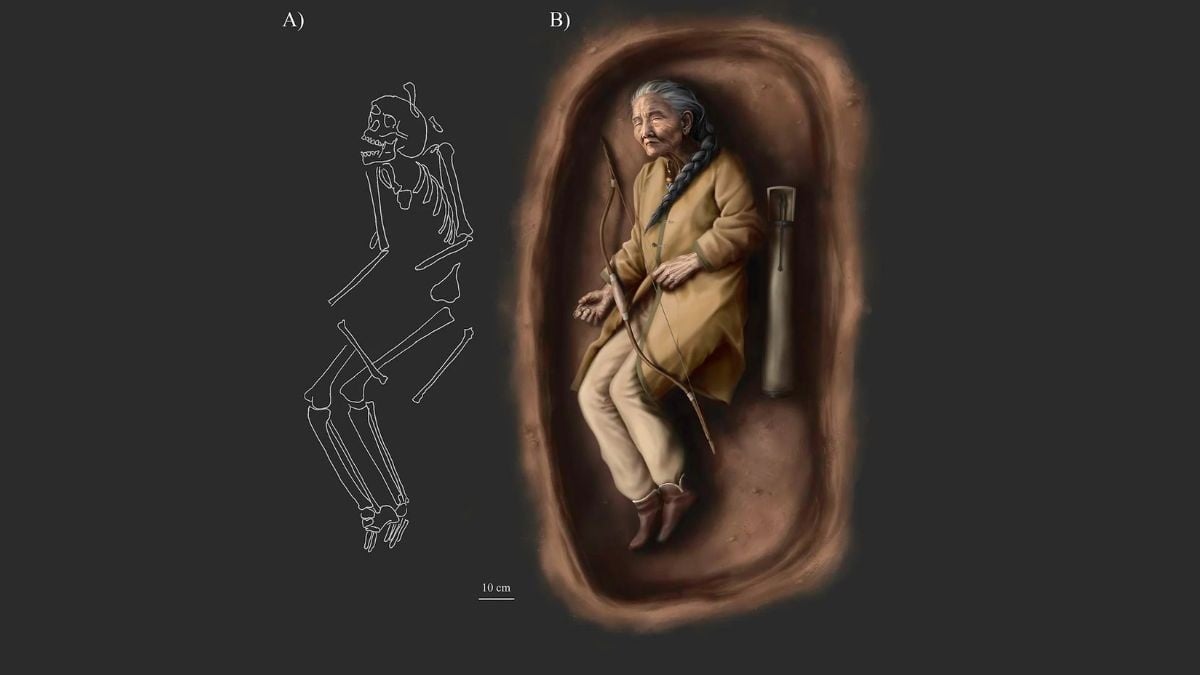The first confirmed case of a female burial with weapons from the 10th century in the Carpathian Basin, Hungary, has been uncovered. Skeletal remains and grave goods, including weaponry, were identified at the Sárrétudvari-Hízóföld cemetery. This discovery, described by experts, challenges prior assumptions about societal roles during the Hungarian Conquest period, a time marked by mounted archers and frequent conflicts. Although evidence of weapons was present, researchers approached conclusions cautiously, ensuring findings were grounded in detailed analysis.
Archaeological Findings and Methodology
The study was led by Dr. Balázs Tihanyi and his colleagues, published in PLOS ONE. As reported by Phys.org, the burial contained a silver penannular hair ring, bell buttons, a bead necklace, and archery-related items such as an arrowhead, quiver parts, and an antler bow plate. Genetic and morphological tests confirmed the individual, referred to as SH-63, was female, despite the poor preservation of skeletal remains.
Dr. Balázs Tihanyi, leader of the research team, told the publication that the combination of grave goods in SH-63's burial was unique within the cemetery, blending typically male and female items.
Challenges in Determining Warrior Status
The presence of weapons did not lead to assumptions about SH-63's status as a warrior. Researchers noted that being part of a warrior class involved specific societal roles, and physical evidence alone is insufficient for confirmation.
Indicators such as joint changes and trauma were identified, possibly suggesting activities like horse riding or weapon use. However, it was emphasised that these signs could also result from daily life unrelated to warfare.
Historical Implications
It was reported that this discovery provides a glimpse into the complexity of life in 10th-century Hungary, with SH-63's burial raising questions about gender roles and social structures of the time. Further investigations are planned to compare this case with others from the same period, aiming to deepen understanding of the era's societal dynamics.
































